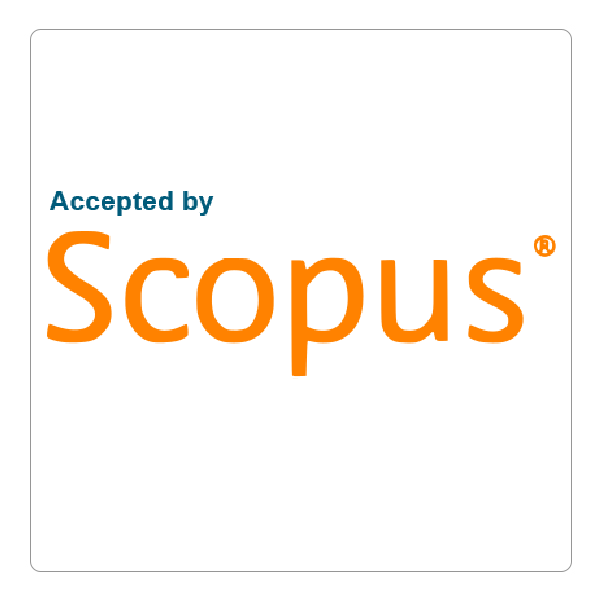How to Cite This Article
Ali, Shno M.
(2019)
"Treatment of Wastewater Disposal from the General Hospital in Tuz Region Using Alum and Bentonite,"
Polytechnic Journal: Vol. 9:
Iss.
2, Article 24.
DOI: https://doi.org/10.25156/ptj.v9n2y2019.pp144-148
Document Type
Original Article
Abstract
The general hospital in Tuz town in Iraq suffers from the absence of a wastewater treatment plant, in which the disposals of the hospital are discharged directly into the sewerage system. The aim of this study is to use simple and basic methods for treating wastewater from the general hospital in Tuz Town using bentonite clay and alum with different dosages by methods of coagulation, flocculation, and sedimentation using Jar test, to measure the general characteristics of wastewater such as chemical oxygen demand (COD), biochemical oxygen demand (BOD5), potential of hydrogen (PH), electrical conductivity (EC), nitrates (NO3), phosphates (PO4), hardness, calcium (Ca), magnesium (Mg), turbidity, chlorides (Cl), and sulfates (SO4). The results showed that bentonite clay was more effective than alum in removing pollutants from wastewater. The removal efficient of COD and BOD5 was 65% and 57%, respectively, at the optimum dosage of bentonite clay, whereas the efficient removal of COD and BOD5 using alum was 60% and 48%, respectively. Higher efficiency removal of turbidity was 75% for bentonite and 65% for alum; the higher value of efficiency removal was 68% for NO3 and 60% for PO4 while the higher efficiency using the treatment with alum was 58% for NO3 and 49% for PO4. The changing in the value of pH was decreased with increasing the dosages of alum, for the first dosage 20 mg/l, the value of PH was 7.1 then it was decreased to reach 6.2 at 120 mg/l, whereas bentonite shows increasing in value of PH to reach 7.6 at dosage of 120 mg/l.
Publication Date
12-1-2019
References
Abawee, S. A. and Elea, H. N. 2009. Wastewater treatment of Khanssa hospital by using some types of muds. Al-Rafidain Eng. J. 17(5): 49-55.
Amouei, A., H. Asgharina, H. Fallah, H. Faraji, R. Barari and D. Naghipour. 2015. Characteristics of effluent wastewater in hospital of Bobal university of medical science, Babol, Iran. Health Scope. 4(2): e23222.
APHA, AWWA and WEF. 1998. Standard Methods for the Examination of Water and Wastewater. 19th ed. APHA-AWWAWEF, Washington, DC.
Gautam, A. K., S. Kumar and P. C. Sabumon. 2007. Preliminary study of physic-chemical treatment options for hospital wastewater. J. Environ. Manage. 83(3): 298-306.
Gersberg, R. M., S. R. Lyon, R. Brenner and B. V. Elkin. 1988. Performance of clay alum flocculation (CCBA) process for virus removal from municipal wastewater. Water Res. 22(11): 1449.
Ghawi, A. H. and J. Kris. 2010. Study for Wastewater Treatment in Iraq Using Coagulants, January, Conference Paper from Research Gate.
Hamidawi, A. K. and N. M. Ali. 2014. The use of leaf extract concarpus as coagulant or as coagulant aid with alum and ferric chloride to remove water turbidity. J. Basra Res. Sci. 40: 28-41.
Hobson, G. D. and W. Pohl. 1973. Modern Petroleum Technology. Applied Science Publishers, England. p310.
Jolibios, B. and M. Gurbet. 2006. Hospital wastewater genotoxicity. Ann. Occup. Hyg. 50(2): 189-196.
Kawamura, S. 1991. Effectiveness of natural polyelectrolytes in water treatment. J. AWWA. 83(10): 88.
Kumarathilaka, P., Y. Jayawardhana, W. Dissanayaka, I. Herath, L. Weerasundara and M. Vithange. 2015. General Characteristics of Hospital Wastewater from Three Different Hospitals in Srilanka, 6th International Conference on Structural Engineering and Construction Management, Kandy, Srilanka, (11th-13th) December, p39-43.
Mustafa, M. H. 2002. The Used of Mixed Ninavite and Kaoline for the Removal of Some Heavy Metal (Cd, Hg and Pb) from their Effluent Ph.D Science Thesis, University of Mosul, College of Science, Mosul.
Metcalf and Eddy, Inc. 1979. Wastewater Engineering Treatment, Disposal and Reuse. 2nd ed. McGraw Hill, New York.
Prayitno, Z. Kusuma, B. Yanuwiadi and R. Laksmono. 2013. Study of hospital wastewater characteristics, Malang city. Int. J. Eng. Sci. 2(2): 13-16.











Follow us: